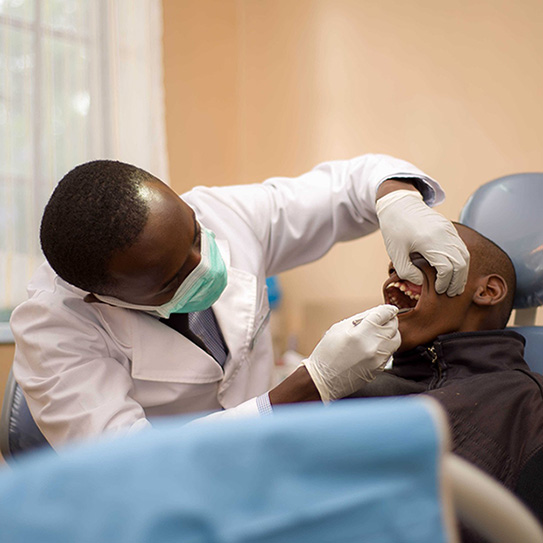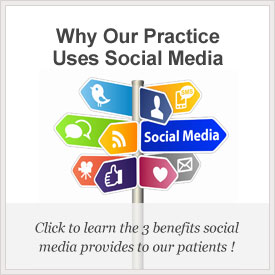Fighting Back Against Oral Cancer

ORAL CANCER IS A SUBJECT we’d all prefer not to have to think about, but it’s critical to have a basic understanding of risk factors and symptoms. More than 50,000 people in the U.S. were diagnosed with oral cancer last year, and that number is expected to rise. That’s why, in honor of Oral Cancer Awareness Month, we’re dedicating a blog post to giving our patients the tools they need for early detection.
Oral Cancer Risk Factors
There are several risk factors that increase a person’s chances of developing oral cancer. Some of them are out of our control, such as age and sex. Men are twice as likely as women to develop oral cancer, and it is far more common in people over 45. But there are plenty of risk factors that we can control, the biggest of which is tobacco. A whopping 85 percent of oral cancer cases are linked to some kind of tobacco use (even e-cigarettes). The next biggest avoidable risk factor is frequent, heavy alcohol consumption.
A few of the less-obvious risk factors include getting too much sun (which can cause lip cancer), HPV, and neglecting your oral hygiene, particularly if you also smoke. You can eliminate this risk factor by brushing twice a day, flossing daily, and scheduling regular dental appointments!
Symptoms To Watch Out For
Unfortunately, even people with none of these risk factors will sometimes develop oral cancer anyway, which is why it’s important to be able to recognize the symptoms, which include:
- A sore in the mouth or on the lip that doesn’t heal
- Red or white patches inside the mouth
- Unusual lump on lip, mouth, neck, or throat, or strange thickness in the cheek
- Persistent sensation of having something stuck in the throat
- Numbness of mouth or tongue
- Difficulty with chewing or swallowing
- Chronic bad breath
If you do have one or more of the risk factors for oral cancer, getting regular general health screenings can catch it before you even notice any symptoms. The earlier oral cancer is caught, the easier it is to beat it.
Where Does The Dentist Fit In?
Another way oral cancer is caught early is at regular dental exams! In addition to checking your teeth for cavities and your gums for signs of gum disease, we can spot many of those early symptoms of oral cancer while we’re looking at your mouth, which is just one more reason why it’s so important to keep scheduling your dental appointments!
Even if you don’t have oral cancer or any of the risk factors, you can still help the people who are fighting this disease. Ask us how you can get involved!
















My daughter and I love going to see Dr Aparna Sadineni and her professional staff. We never have to wait and the staff knows us like a second family. I highly recommend this office!